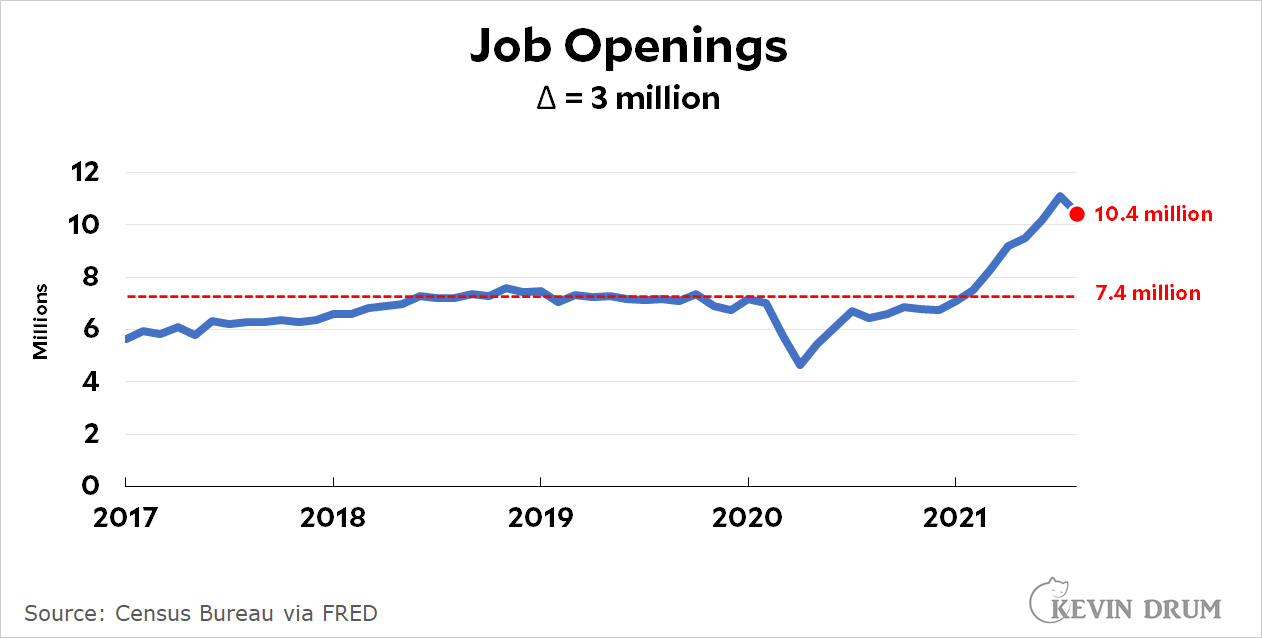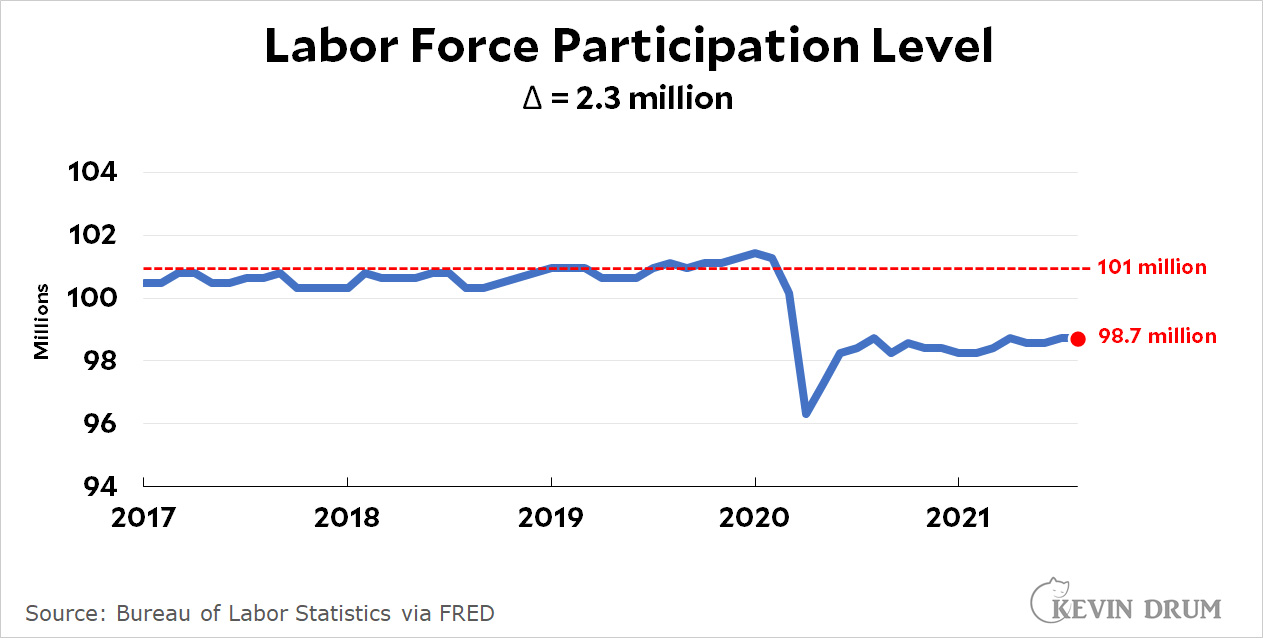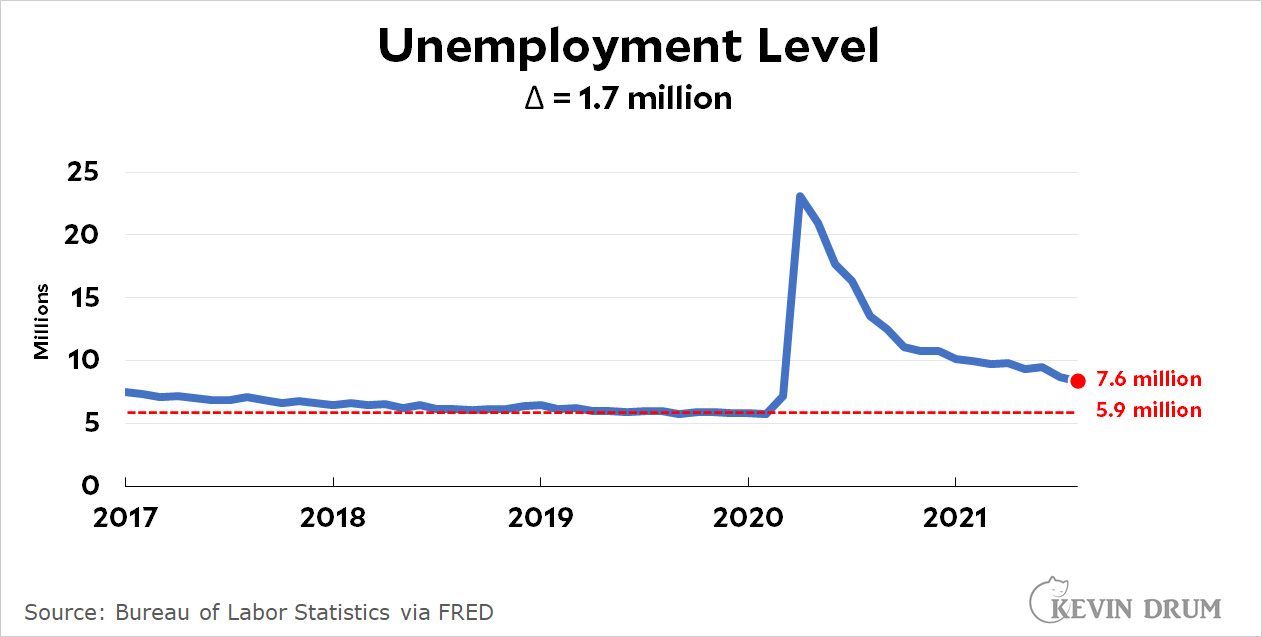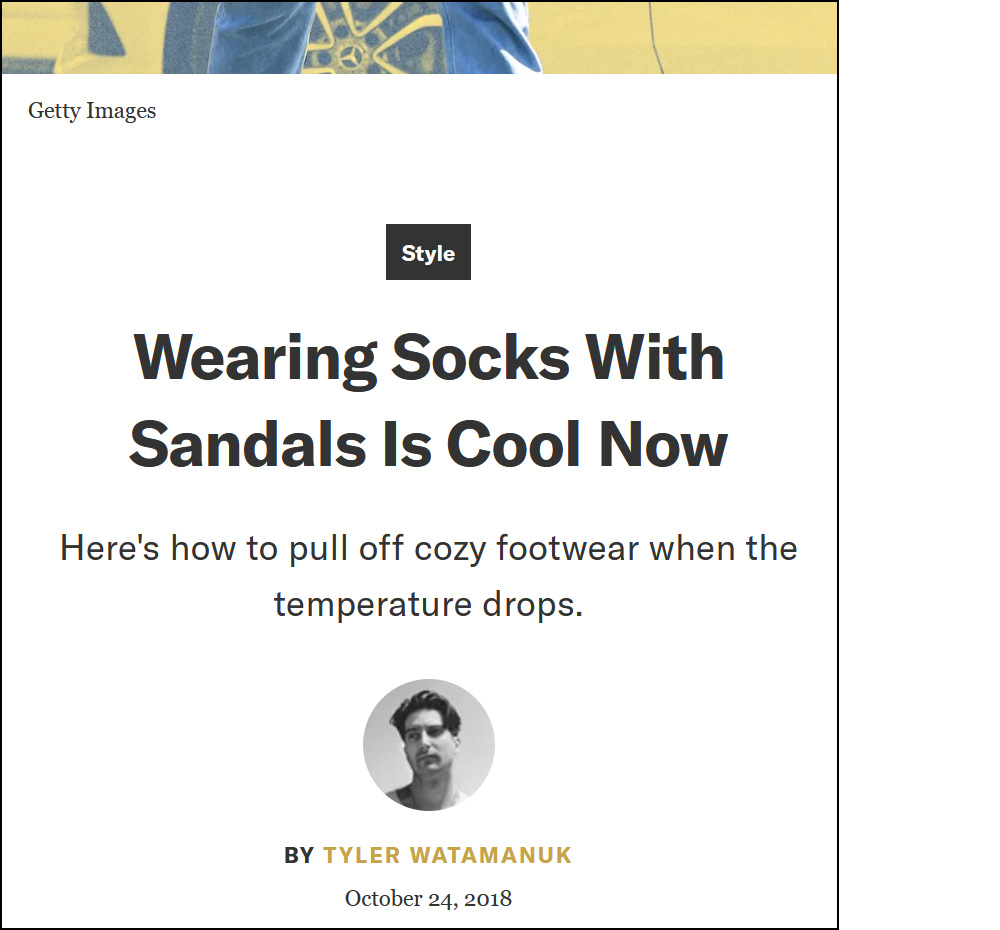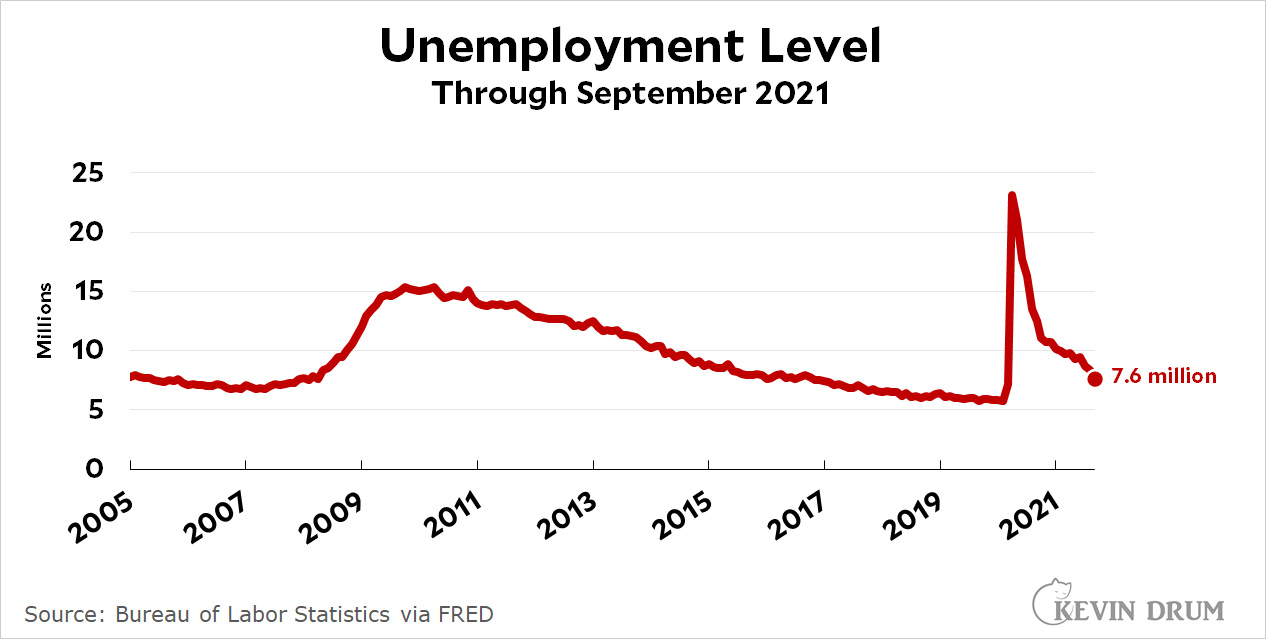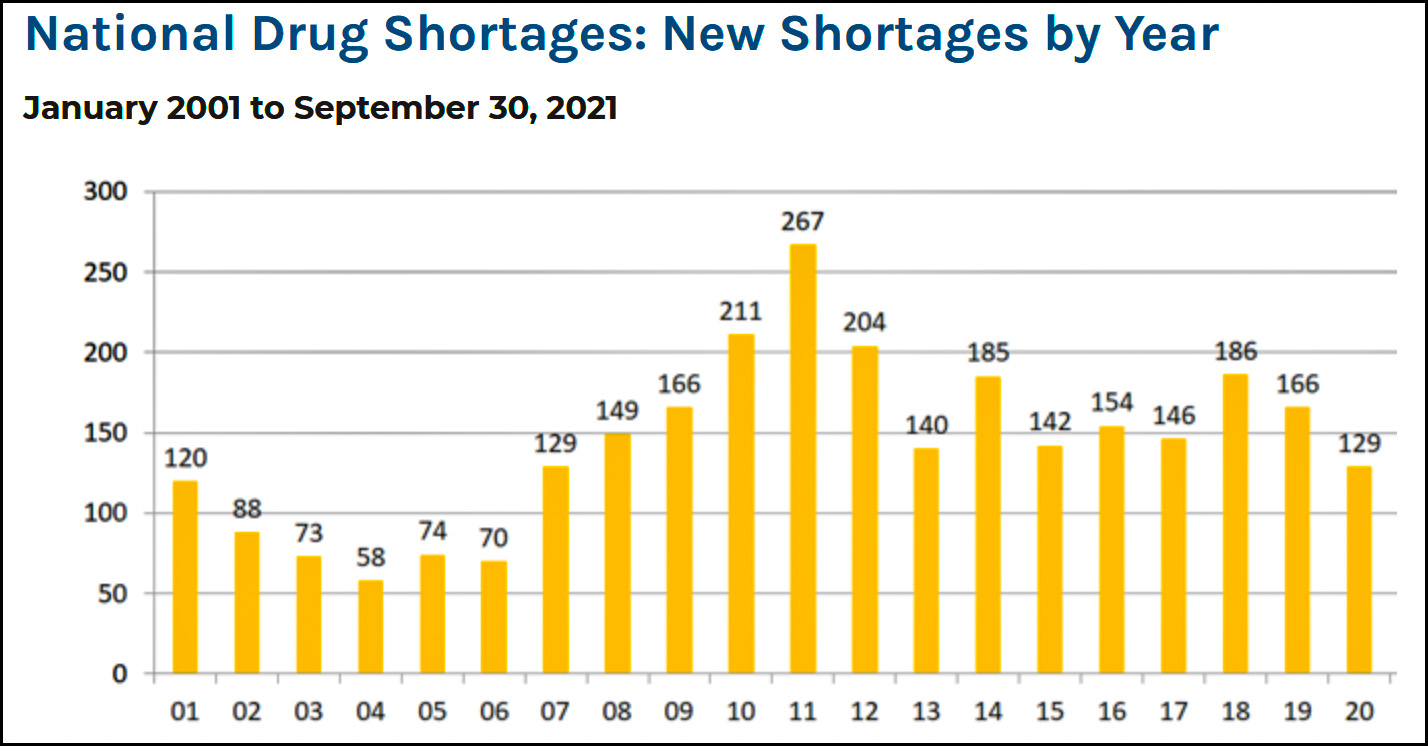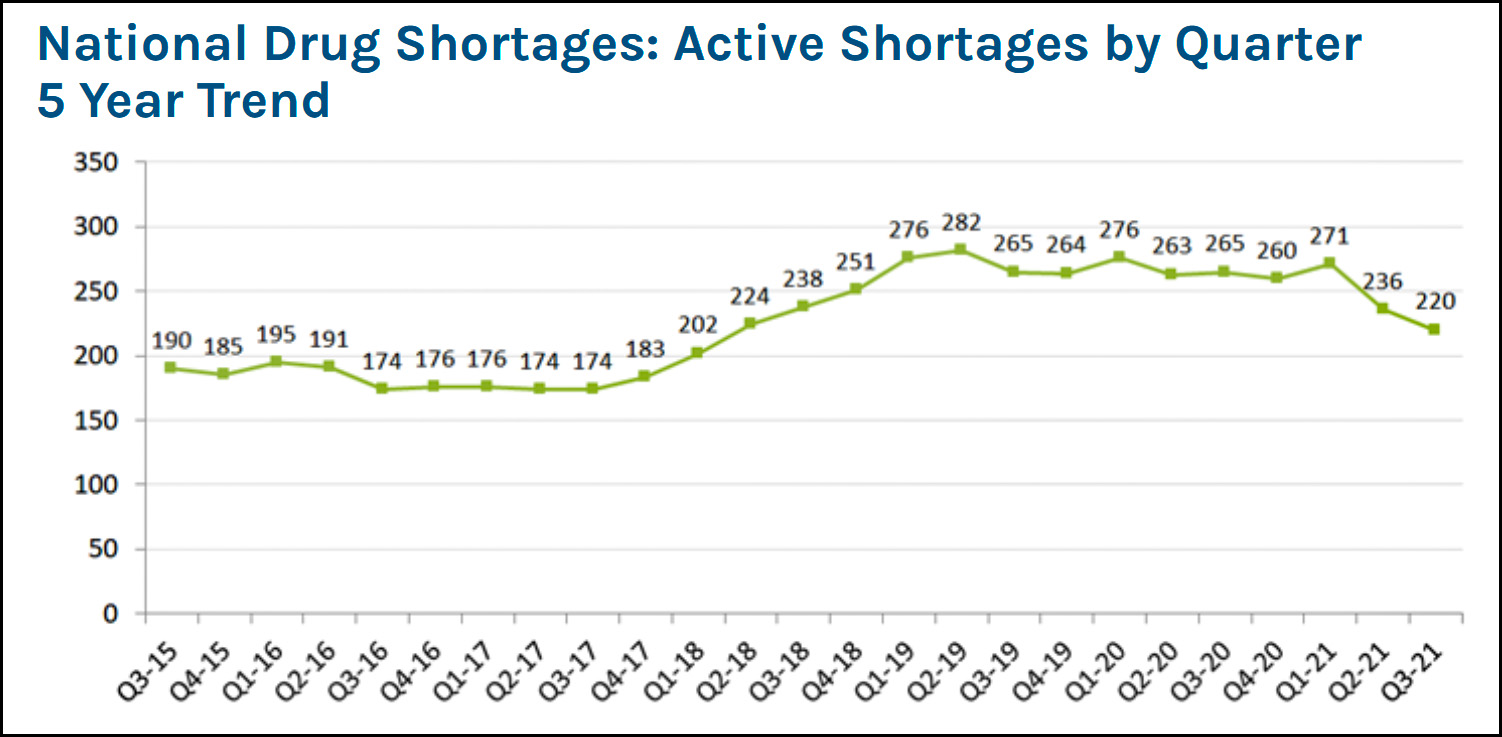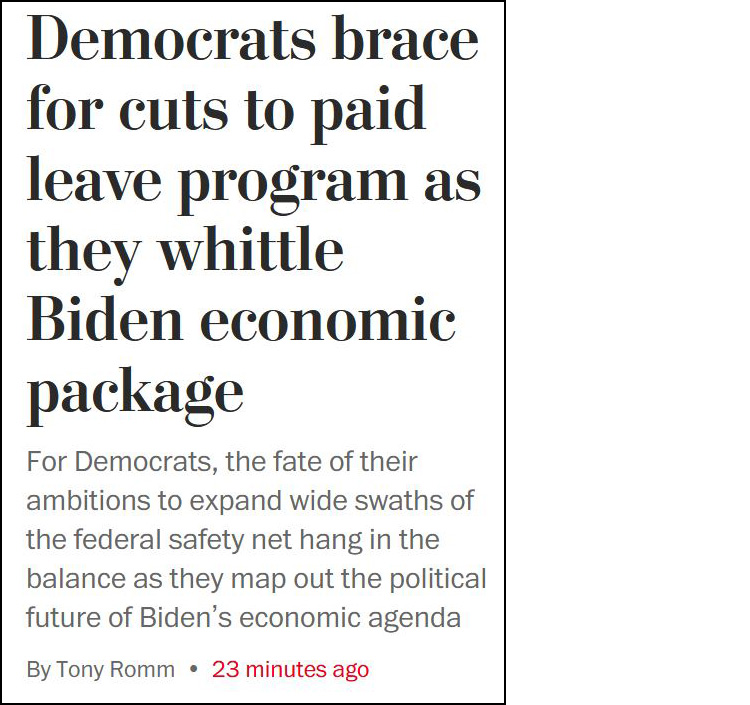At the moment, it looks like Democrats are moving toward a version of the BBB legislation that's the exact opposite of what I'd like to see. But who cares about that? I think I have good arguments in support of my preferences, but other people think the same about their preferences. Win some, lose some.
But then there are things that would be objective disasters. For example, when Obamacare was passed, it raised the cost of private health insurance due to its minimum coverage requirements. However, its subsidies ran out at an income around $70,000. That left a whole lot of middle-class families who had to pay more for their insurance but got no help doing it.
By anyone's measure, that was not good. The only saving grace is that it affected only individual insurance, which is a very small part of the market. So some middle-class families got screwed, but not all that many.
But what if you did the same thing for a bigger program used by more people? That would be devastating. Jordan Weissmann reports that Democrats might be headed down this exact same road with child care:
The basic question is whether Democrats are about to essentially repeat the mistakes they made with Obamacare, by passing reforms that increase the quality of child care services and increase access to the poor while simultaneously making it impossible for parts of the middle and upper-middle class to afford day care. One way to avoid this issue in the long term would be to simply cap what all families have to pay at some reasonable amount, which for a moment looked like it would be the party’s approach. But on Thursday a Democratic Senate aide told me that the conversation seems to be headed toward limiting subsidies to families that earn less than 200 percent of the state’s median income.
NO NO NO NO NO! Please tell me Dems are not planning to be this stupid. Please tell me they aren't planning to screw the middle class yet again. Please tell me that Weissmann has lousy sources and should be ashamed of himself for passing this along.
Please?


